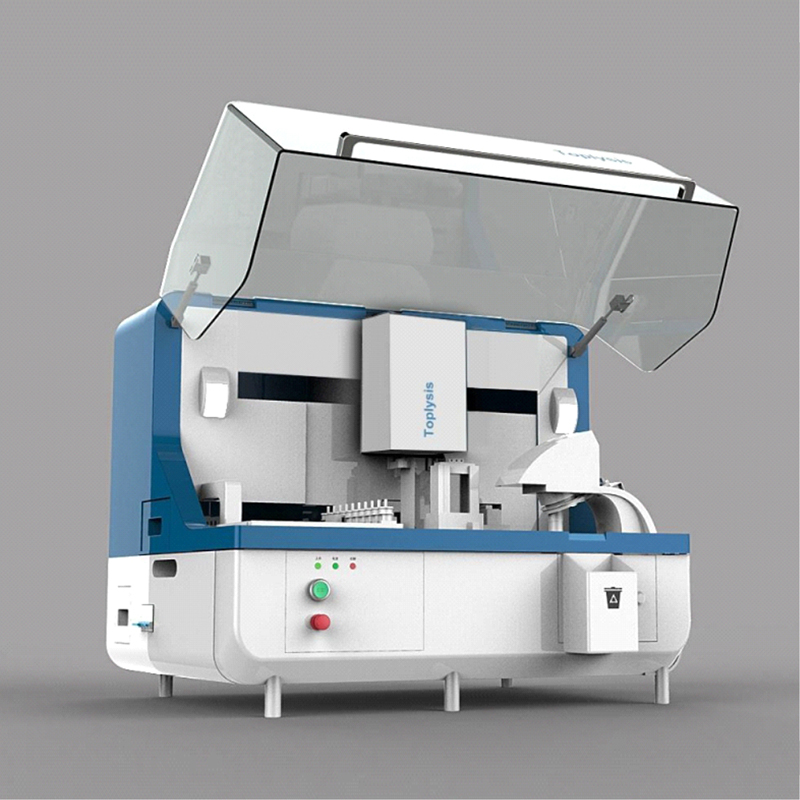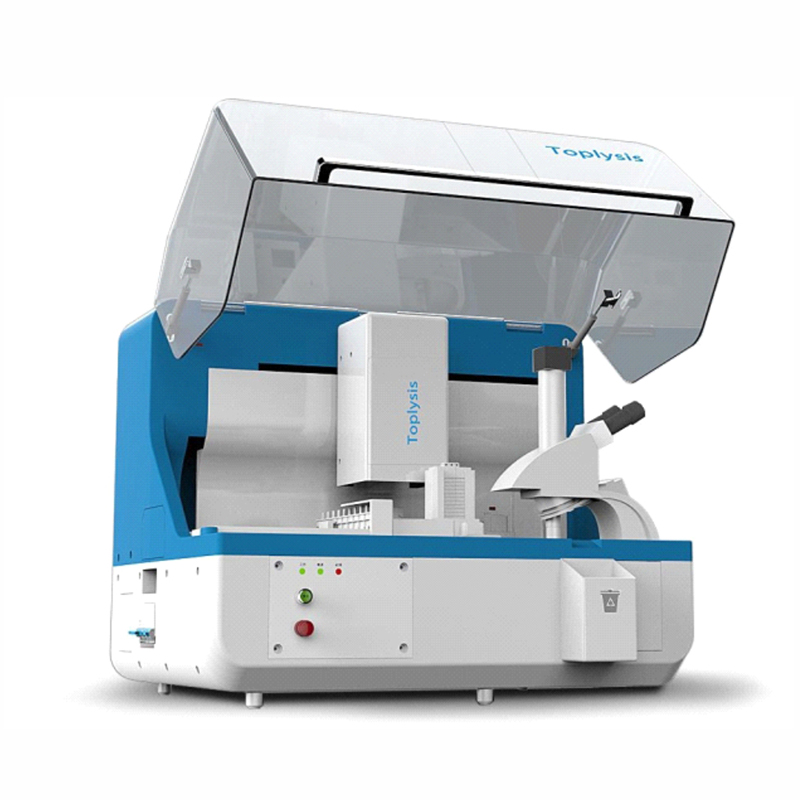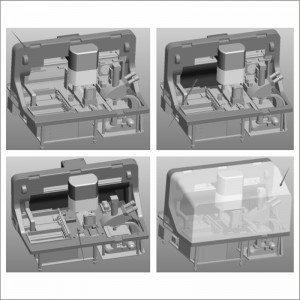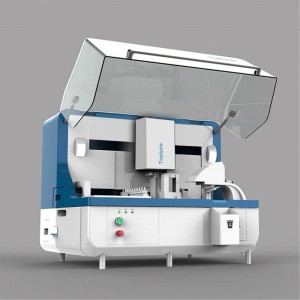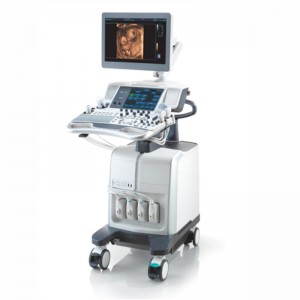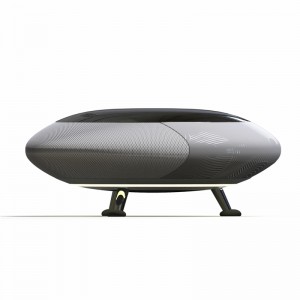【Ndustrial Design Product Development】 Intelligent fecal analysis and detection device
Product Introduction
The fecal analysis is highly automated, which is conducive to reducing the pressure on fecal inspection staff. It can replace the manual microscopic examination and manual colloidal gold detection of feces, making fecal inspection more standardized and standardized.
Detection principle
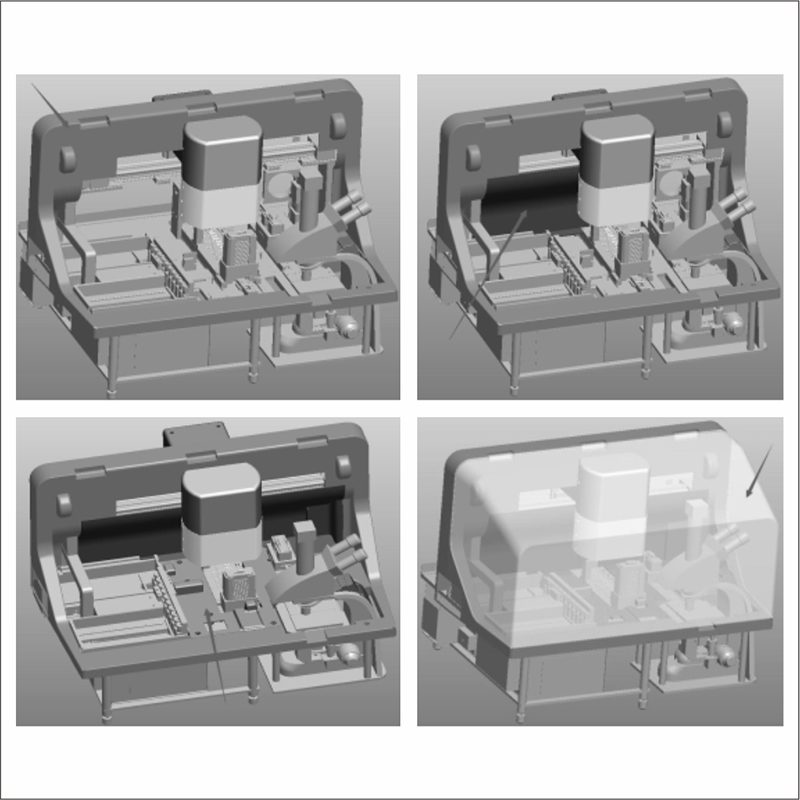
The fecal analysis workstation uses a special sample collection bottle. After the sample is added, soaked, mixed, and filtered, small particles or oily components to be tested are dissolved in the diluent normal saline. Under the control of the microcomputer console, the sample is automatically aspirated. Under the action of the peristaltic pump, the application solution is automatically aspirated, counted in the standard flow counting cell of the optical flow tube, and detected in the colloidal gold reagent card. The suction amount and time of the system are constant each time, and the flow counting cell is automatically flushed after observation and analysis.
The system has a built-in or external biological microscope and a high-definition imaging system. According to the optical principle, high power field of view and low power field of view are used to observe the three-dimensional structure and planar structure of fecal sediment.
The system automatically detects the placement, addition, sample adding detection and interpretation results of colloidal gold reagent cards, and automatically discards the colloidal gold reagent cards used for detection.
The computer data processing system transmits images through the imaging system, and then prints the fecal examination report including patient data and examination results (including images) by laser. Alternatively, network version equipment with LIS communication function can be used to meet the needs of data bidirectional transmission.
Test parameters and results
The fecal analysis workstation can detect more than 20 parameter results of intestinal parasite eggs and protozoa, red blood cells, white blood cells, food residues, crystals, fungi, etc., and display data and images on the screen, with clear images and quantitative reports. The test results can be edited before the report is sent. The marks are clear, and the completed test results, printed records or stored pictures can all have different marks at corresponding positions. If the patient has had stool test, the historical results can be retrieved in the system for comparison.
